We humans have been obsessed with the question of the origin of life on Earth at least as long as recorded history, probably much longer. In ancient times the gods, of one variety or another always got the credit. And let’s be honest, the difference between living and non-living things is so enormous, so mysterious that it really seems as if some sort of supernatural ‘spirit’ must be involved.
Modern science however seeks more natural causes and in the last few hundred years considerable progress has been made. In the 1950s there was the famous Miller-Urey experiment that recreated Earth’s early atmosphere of nitrogen, carbon dioxide, methane and ammonia and used an electric spark to generate amino acids, the building blocks of proteins. (If you’re not familiar with the Miller-Urey experiment check out my post of 11Nov17 or look for ‘Miller-Urey experiment’ on Youtube). The basic result of the Miller-Urey experiment was that in the chemical rich soup of Earth’s early atmosphere all that was needed was a source of energy, lightning for example, to begin the process of generating life.
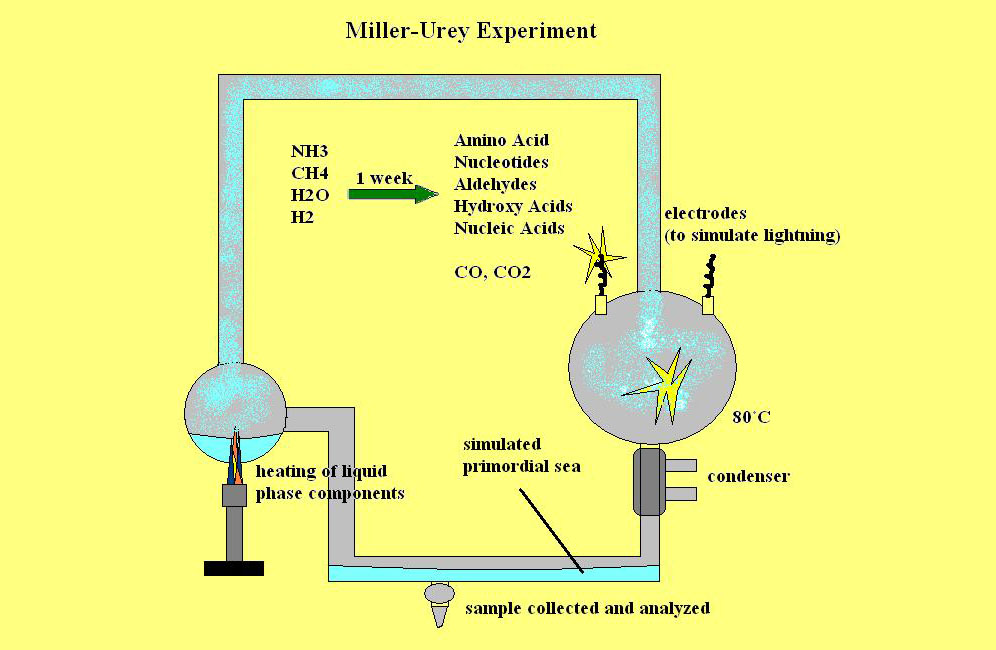
Many experts now feel that one of the possible sources of that energy may have been the hydrothermal vents at the bottom of the planet’s ancient oceans. Now if you’re not familiar with hydrothermal vents they are hot springs of superheated water located near underwater volcanoes, like the hot springs around land volcanoes. The superheated water pouring out of those vents is chemical rich and various types of bacteria thrive in conditions that would boil most living things. Larger animals then feed off of the bacteria and an entire, unique ecology exists just around these vents.
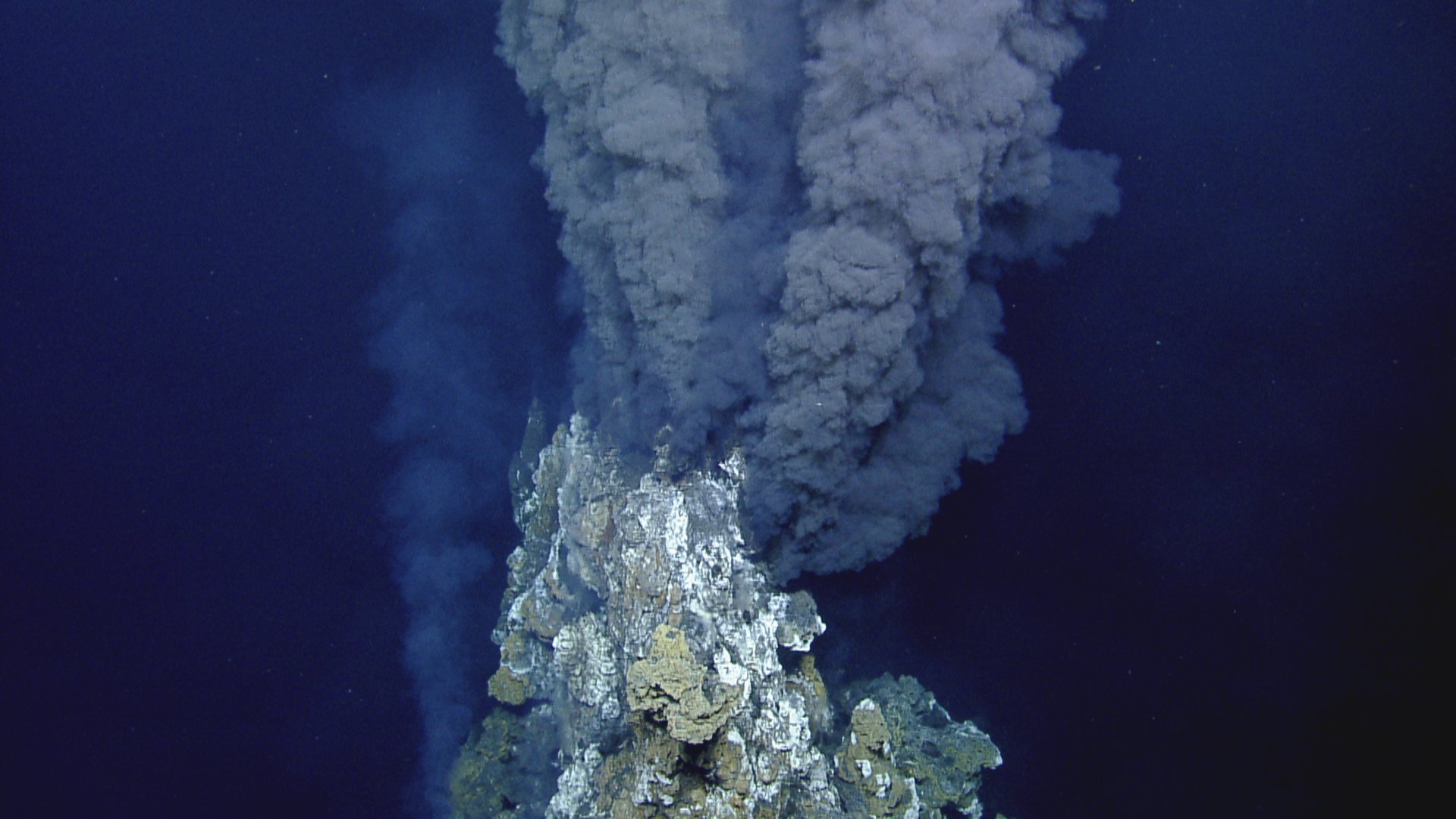
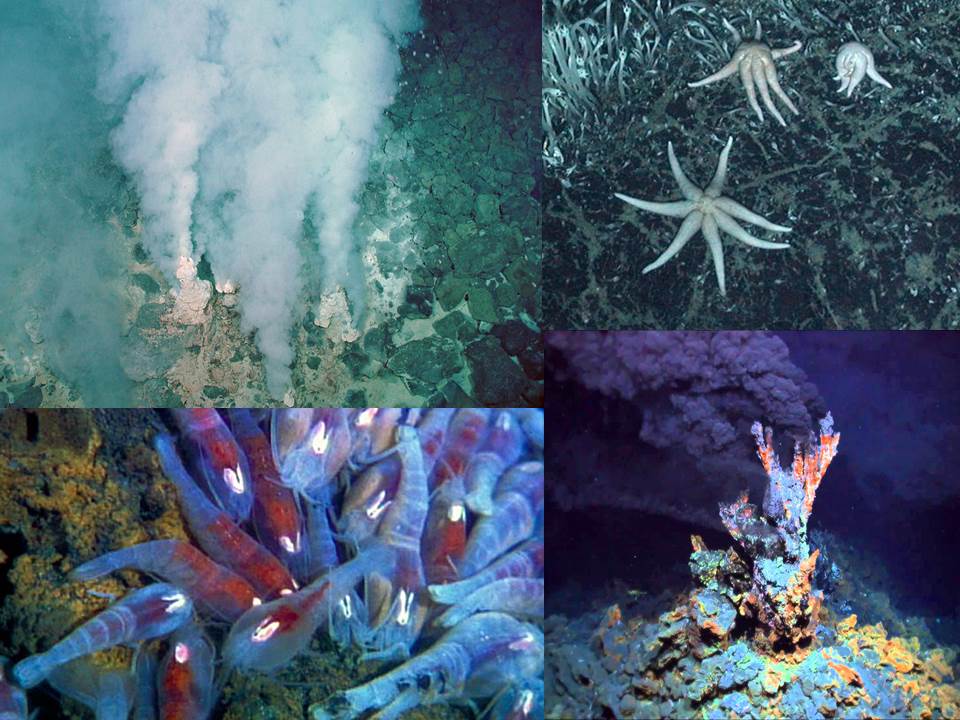
To study the role that these hydrothermal vents may have played in the early Earth NASA scientists working at the Jet Propulsion Laboratory have recreated the environment around a hydrothermal vent as it would have been some 4 billion years ago. The team, led by astrobiologist Laurie Barge, mixed a chemical solution of ammonia and pyruvate in water, both chemicals are commonly found near hydrothermal vents, in a glass container. By heating the solution to 70º C and decreasing the oxygen content the container became a modern day reproduction of the primordial ocean.
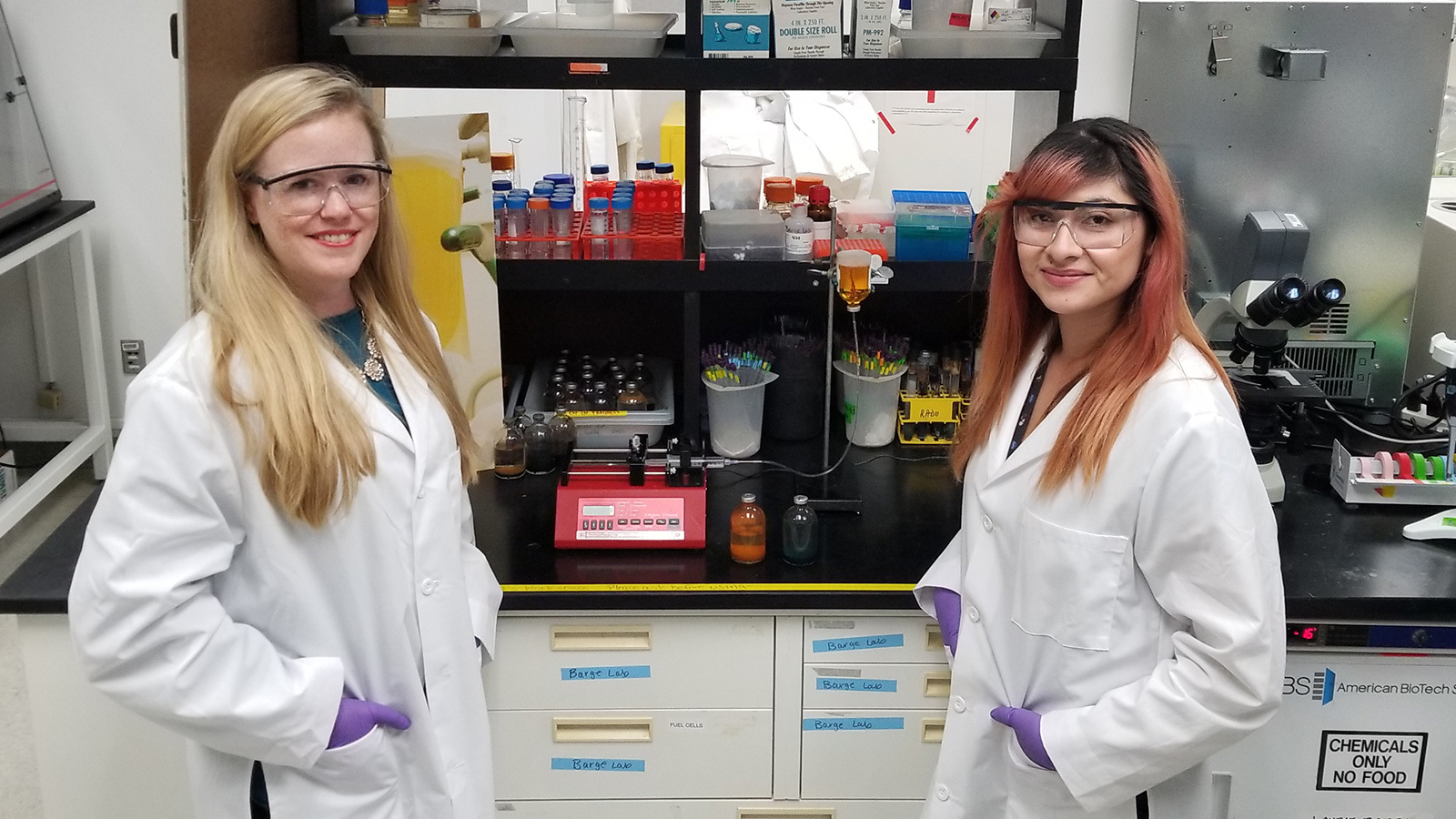
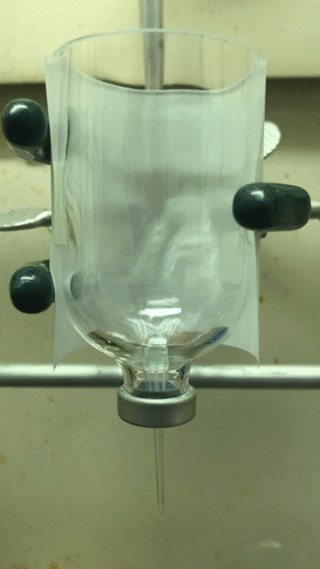
It wasn’t long before amino acids began to form just as in the Miller-Urey experiment, clearly demonstrating that there were multiple locations on the early Earth where life could have begun. Biologists and chemists studying the origin of life still have a few more steps in the process that need to be discovered. However the results of the work at JPL do highlight how broad a set of conditions can trigger the initial steps in that process.
And not just here on Earth! You may have noticed how I mentioned that the team leader Laurie Barge is an astrobiologist, someone interested in life in outer space, and life on other worlds is a big part of the JPL experiment.
You see planetary scientists are quite certain that two of the moons in our Solar System have oceans of liquid water with hydrothermal vents very similar to those here on Earth. Both Jupiter’s moon Europa and Saturn’s moon Enceladus are covered with a sheet of ice but there is evidence that beneath the ice there are oceans of liquid water, and keeping that water in a liquid state is the heat from hydrothermal vents, just like those here on Earth.
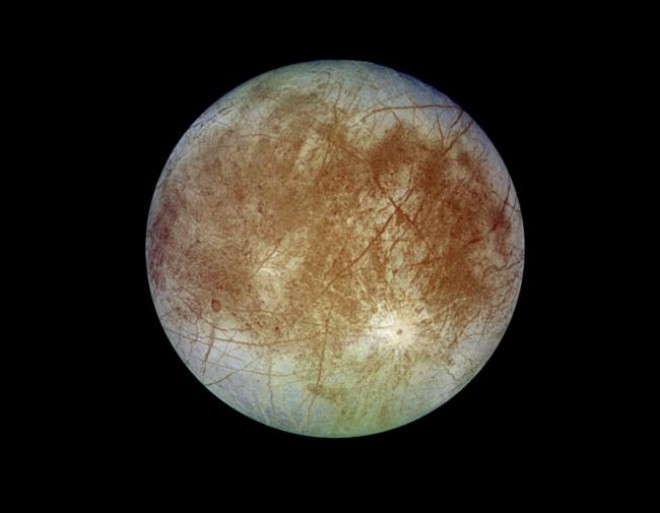
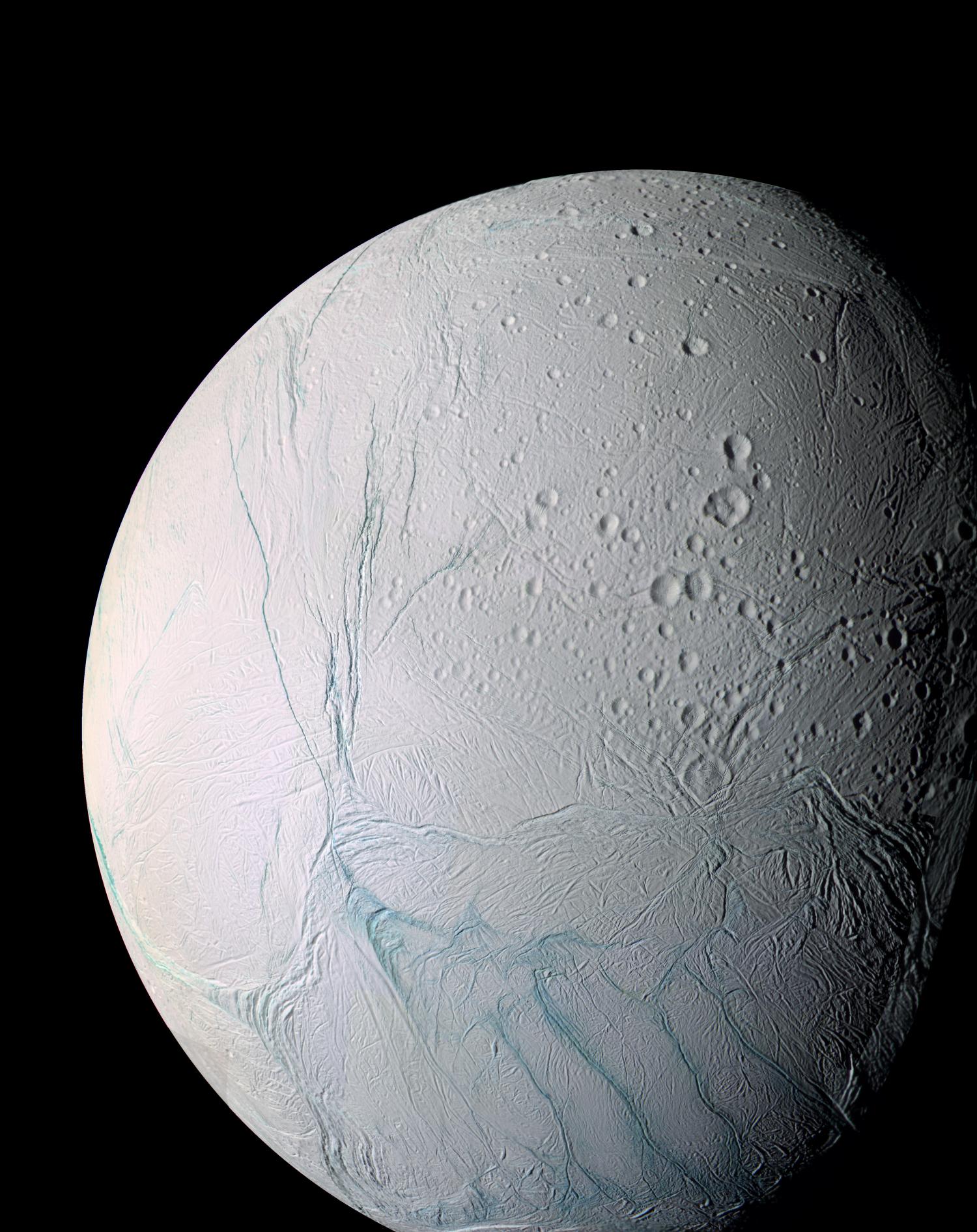
So Dr. Barge and her colleagues weren’t just studying the origins of life here on Earth but the possibility of life on Europa and Enceladus as well. Right now NASA is preparing robotic missions to both of these moons and it is hoped that the results of the JPL experiment may give those mission planners a better idea of how to go about looking for life on those alien worlds!
